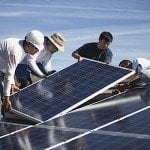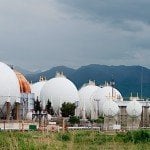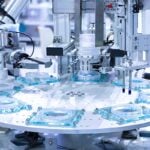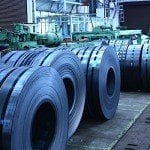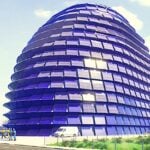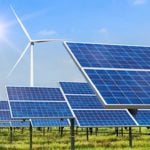The solar power industry has grappled with an overriding problem for decades: efficiency. The potential of photovoltaic cells to provide energy is enormous, but so far finding efficient and scalable methods of storing that energy for future use has remained elusive. One approach has been to split water into its constituent hydrogen and oxygen. However, while these fuels are attractive “in principle,” there are practical limitations. So far, no practical hydrogen fuel cell has been designed, and the energy infrastructure that we depend on is based mainly on liquid fuels. If adoption of renewable energy in transportation is to become widespread, there has to be a way to use the hydrogen derived from solar-powered water-splitting in the form of a liquid fuel.
That is the argument of scientists at Harvard University, who have now described a method do just that. The Harvard researchers describe a “scalable, integrated bioelectrochemical system” that uses bacteria to convert carbon dioxide, along with hydrogen and oxygen from water splitting, into biomass and “fusel” alcohol. This can be stored and used as a liquid fuel.
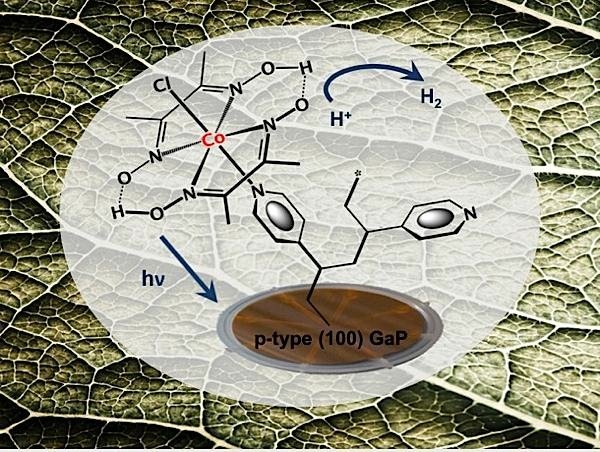
The heart of the “solar-to-chemical” production system is being called an “artificial leaf” because it mimics photosynthesis in plants. After catalysts that are readily available and inexpensive split the water into hydrogen and oxygen, a bacterium (Ralstonia eutropha) converts CO2 and hydrogen into isopropanol. It does this with an efficiency rate of less than 1 per cent, which is comparable to the efficiency of photosynthesis in plants. Having demonstrated proof of concept, the scientists’ goal is to boost the efficiency rating to 5 per cent.
One of the authors of the paper noted the process’s use of inorganic and biological components. “The advantage of interfacing the inorganic catalyst with biology is you have an unprecedented platform for chemical synthesis that you don’t have with inorganic catalysts alone,” said Brendan Colón. “Solar-to-chemical production is the heart of this paper, and so far we’ve been using plants for that, but we are using the unprecedented ability of biology to make lots of compounds.”
The researchers said that they are interested in creating forms of “personalized” or local energy, as opposed to today’s highly centralized systems. Such local energy technology could be extremely useful in areas of the world where energy infrastructure is not well developed.

